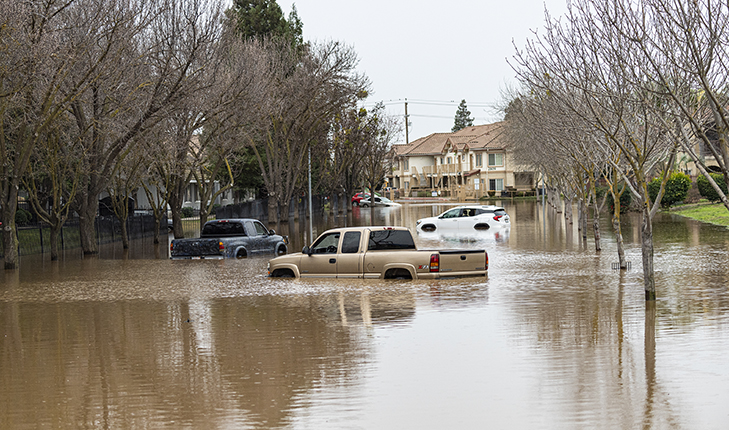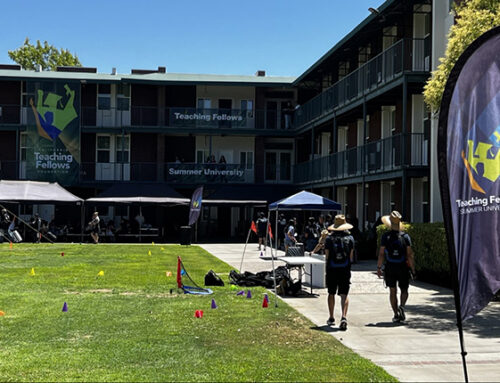The California Water Institute at Fresno State is positioning its current projects to help inform work related to California’s Proposition 4, a $10 billion climate resiliency bond that overwhelmingly passed on the November ballot.
The historic measure is the largest single climate bond in state history and includes $3.8 billion for state water projects that address drought, flood and water supply issues. The California Water Institute targets some of those key areas with two grant-funded programs already underway; the Unified Water Plan and Climate Resiliency through Regional Water Recharge in the San Joaquin Valley.
“As climate change intensifies, our infrastructure faces unprecedented challenges. Californians have recognized this urgency by passing this historic bond measure,” said Laura Ramos, interim director for the California Water Institute’s Research and Education Division.
Under the Unified Water Plan, the California Water Institute partnered with Water Blueprint for the San Joaquin Valley for a two-year, $1 million project awarded by the Bureau of Reclamation to track various water projects happening across the Valley. It’s an effort to compile the information into a single, unified water plan that could inform future investments. The plan will provide an overview of the Central Valley’s water quality, supply, conveyance, reliability, conservation efforts, flood control and population growth.
The project, Climate Resiliency through Regional Water Recharge in the San Joaquin Valley, addresses drought and flooding by planning for sustainable use of surface water and groundwater. The Governor’s Office of Land Use and Climate Innovation, formerly the Office of Planning and Research, awarded nearly $569,000 to the California Water Institute to educate rural communities on groundwater recharge. The project also aims to establish a collaborative response team and plan for effective floodwater management.
One of the main goals of the project is to prioritize vulnerable communities – similar to Proposition 4 – in which 40% of the bond is required to help disadvantaged communities.
“To build true resilience, we must take a strategic approach — protecting our most vulnerable communities while viewing the San Joaquin Valley as an integrated system. Through California Water Institute’s research and educational initiatives, we aim to advance this vital regional perspective,” Ramos said.
With these grant-funded projects underway, the California Water Institute remains at the forefront of water research and education programs and services, at a time when California is investing more than ever in a sustainable water future.
(Story by Soreath Hok, California Water Institute student assistant)





